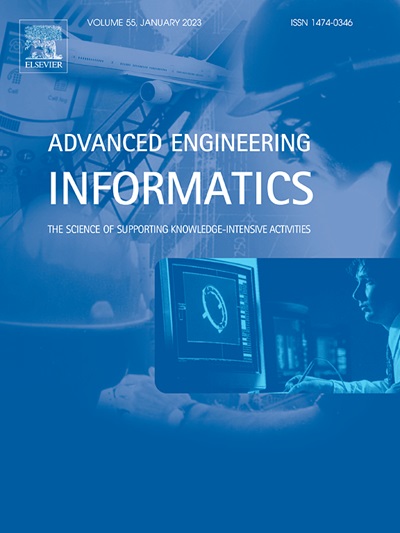Denoising autoencoder multilayer perceptron spiking neural network for isonicotinic acid yield prediction on real industrial dataset
IF 8
1区 工程技术
Q1 COMPUTER SCIENCE, ARTIFICIAL INTELLIGENCE
引用次数: 0
Abstract
Isonicotinic acid (INA) has attracted considerable interest as a crucial pharmaceutical intermediate, especially for the production of the anti-tuberculosis drug isoniazid. Nonetheless, industrial production of INA encompasses intricate procedures that are highly sensitive to process parameters, leading to yield variability. Hence, an efficient prediction model for forecasting INA yield is essential for enhancing production yields and ensuring the consistency of INA in pharmaceutical manufacturing processes. To address this challenge, the present study developed a brain-inspired spiking neural network (SNN) tailored to the prediction of INA yield. Specifically, we propose a novel denoising autoencoder multilayer perceptron based spiking neural network (DAEMLP-SNN) for this purpose. The SNN is designed to accurately emulate the dynamic behavior of biological neurons while maintaining low power consumption, thereby ensuring high biological plausibility. Drawing upon the principles of autoencoders, our research constructs a denoising autoencoder SNN capable of extracting meaningful latent features and compressing high-dimensional industrial data. Moreover, we concatenated the extracted features with the original data, thereby creating a more comprehensive representation of the input. This enriched input was then fed into the multilayer perceptron SNN, which markedly enhances the robustness and precision of INA yield predictions. Experimental findings demonstrated the superior performance of DAEMLP-SNN, as it consistently achieved accurate predictions across diverse process parameters.
降噪自编码器多层感知器峰值神经网络在实际工业数据集上的异烟酸产率预测
异烟酸(INA)作为一种重要的医药中间体引起了相当大的兴趣,特别是用于生产抗结核药物异烟肼。尽管如此,工业生产的INA包含复杂的程序,对工艺参数高度敏感,导致产量变化。因此,一个有效的预测模型来预测INA产量对于提高生产产量和确保药品生产过程中INA的一致性至关重要。为了应对这一挑战,本研究开发了一种专门用于预测INA产量的脑激发峰值神经网络(SNN)。具体来说,我们为此提出了一种基于脉冲神经网络(DAEMLP-SNN)的去噪自编码器多层感知器。SNN旨在准确模拟生物神经元的动态行为,同时保持低功耗,从而确保高生物合理性。根据自编码器的原理,我们的研究构建了一个能够提取有意义的潜在特征并压缩高维工业数据的去噪自编码器SNN。此外,我们将提取的特征与原始数据连接起来,从而创建更全面的输入表示。然后将这个丰富的输入输入到多层感知器SNN中,这显着提高了INA产量预测的鲁棒性和精度。实验结果证明了DAEMLP-SNN的优越性能,因为它始终能够在不同的工艺参数中实现准确的预测。
本文章由计算机程序翻译,如有差异,请以英文原文为准。
求助全文
约1分钟内获得全文
求助全文
来源期刊

Advanced Engineering Informatics
工程技术-工程:综合
CiteScore
12.40
自引率
18.20%
发文量
292
审稿时长
45 days
期刊介绍:
Advanced Engineering Informatics is an international Journal that solicits research papers with an emphasis on 'knowledge' and 'engineering applications'. The Journal seeks original papers that report progress in applying methods of engineering informatics. These papers should have engineering relevance and help provide a scientific base for more reliable, spontaneous, and creative engineering decision-making. Additionally, papers should demonstrate the science of supporting knowledge-intensive engineering tasks and validate the generality, power, and scalability of new methods through rigorous evaluation, preferably both qualitatively and quantitatively. Abstracting and indexing for Advanced Engineering Informatics include Science Citation Index Expanded, Scopus and INSPEC.
 求助内容:
求助内容: 应助结果提醒方式:
应助结果提醒方式:


